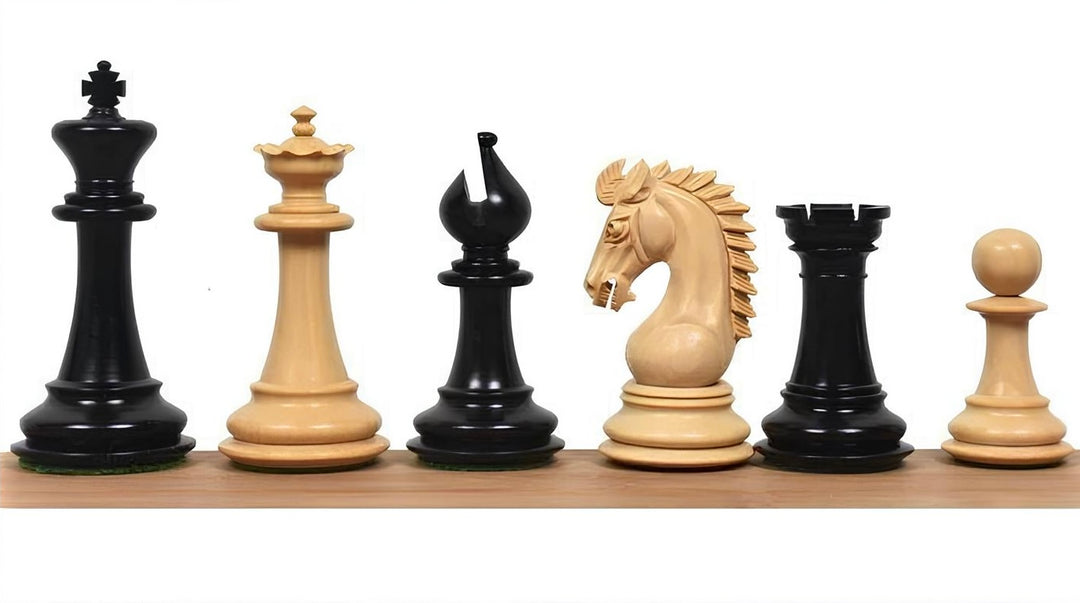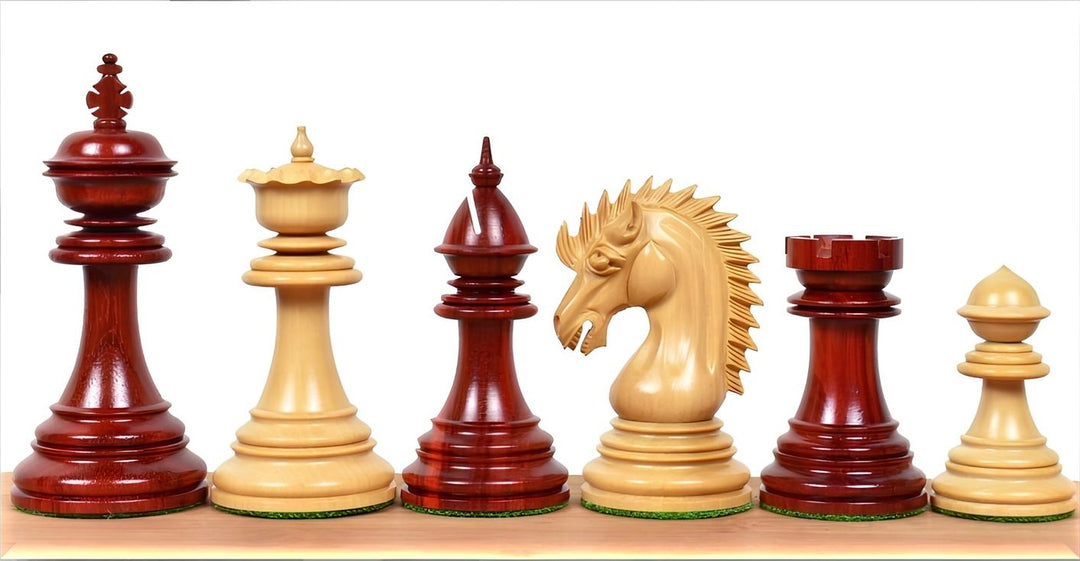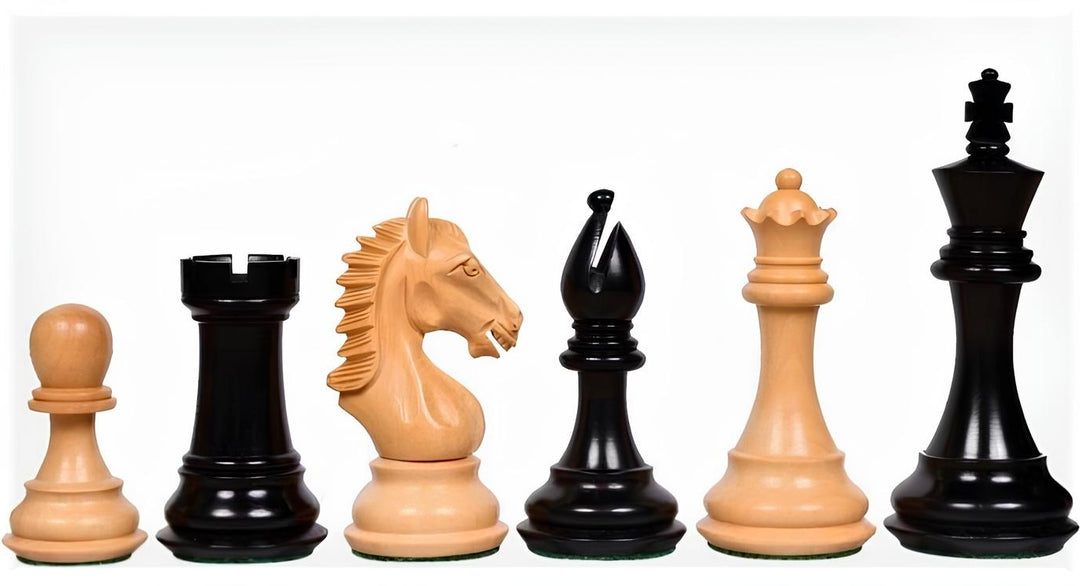Introduction to Chess and Its Historical Significance
Brief overview of the origins of chess
The game of chess, with its intricate blend of strategy, tactics, and forethought, is a universal pastime that has fascinated players for centuries. The origins of chess are often traced back to 6th century India, where it is believed to have originated as Chaturanga, a game involving four divisions of the military: infantry, cavalry, elephants, and chariotry. Over time, Chaturanga spread to Persia, where it became known as Shatranj, and eventually made its way to Europe during the Middle Ages. The enduring legacy of this ancient game has seen it evolve and adapt to the sociocultural contexts of various civilizations.
Evolution of chess rules and gameplay
The rules of chess have undergone significant modifications since its inception. In its early days, different regions adopted varying rulesets. The standardization of chess rules began during the Late Middle Ages and Renaissance periods. Notably, the introduction of the powerful queen piece and the alteration of the bishop’s movements in the 15th century transformed chess into the dynamic game we recognize today. Adaptations like en passant, castling, and pawn promotion were gradually integrated into the ruleset, adding layers of complexity and strategy. Modern codifications and regulations, overseen by organizations such as FIDE (Fédération Internationale des Échecs), ensure a uniform standard of play for both casual and competitive matches worldwide.
Importance of chess in various cultures and eras
Chess has held significant cultural and intellectual prominence across different eras and civilizations. In the Islamic Golden Age, it was a favored pursuit among scholars and nobility alike. Chess flourished in medieval Europe, serving as a symbol of courtly sophistication and chivalric ideals. The game's strategic depth was celebrated in art, literature, and even moral instruction. Renaissance Europe saw chess elevated as a quintessential pastime of the educated elite. Over time, chess became a symbol of intellectual prowess and strategic thinking, influencing various aspects of culture, including art, literature, and education. In Russia, chess ascended to national prominence with state-sponsored programs cultivating generations of world-class players. The cultural pervasiveness of chess in Russia exemplifies its global significance.
In the modern era, the digital age has ushered in new dimensions to the game, with online platforms making chess accessible to millions worldwide. Grandmaster tournaments, AI-driven analysis, and instructional content have democratized access to chess knowledge, ensuring its continual growth and relevance. The historical significance of chess transcends its gameplay; it serves as a mirror reflecting the intellectual and cultural currents of the societies it has touched.
Vintage chess setsEarly Chess Sets: The Beginnings of a Timeless Game
The early chess sets mark the beginning of what would become a timeless game, rich in history and cultural significance. As we explore the evolution of chess, it is essential to delve into the origins of the physical pieces themselves, which provide a fascinating glimpse into the past and the different civilizations that embraced this strategic game.
Description of the First Known Chess Sets
The earliest known chess sets date back to around the 6th century during the Gupta Empire in India, where the game of chaturanga is believed to have originated. These ancient sets consisted of four divisions representing the military units of elephants, chariots, cavalry, and infantry, which later evolved into the modern chess pieces of bishops, rooks, knights, and pawns.
One of the most iconic early chess sets is the Charlemagne Chessmen, discovered in the 11th century but believed to date back to the Carolingian Empire of the 9th century. These pieces were intricately carved from ivory and showcased the artistic capabilities of the craftsmen of that era. Each piece bore a distinct and elaborate design, signifying the high value placed on the game and its components.
Materials and Craftsmanship of Ancient Chess Pieces
The materials used in the creation of early chess sets were often reflective of the cultural and economic context of the regions where they were made. In India, for example, early chess pieces were typically crafted from local materials such as wood, bone, and ivory. The use of these materials not only provided durability but also allowed for intricate carvings that depicted the feature details of each piece.
In Persia, where the game evolved into shatranj, chess pieces were often fashioned from luxury materials like ivory and precious metals, indicating the game's status among the elite. The Persian chessmen were known for their abstract designs; unlike the Indian counterparts, these pieces did not represent the military units as clearly but rather focused on geometric and symbolic shapes.
As the game spread to the Islamic world, the artistry of chess pieces became even more refined. Due to religious prohibitions against the depiction of living beings, Islamic craftspeople emphasized abstract, highly detailed, and often symmetric designs. This period also saw the birth of the distinctive shah (king) and farzin (advisor, later queen) pieces that contrasted with the more military-focused pieces of earlier sets.
Key Differences Between Early Chess Sets from Different Regions
One of the most interesting aspects of studying early chess sets is comparing the regional variations that arose as the game spread across the globe. Each culture adapted the game and its pieces to reflect its own values, artistic traditions, and available resources.
For instance, Indian chess sets were largely representational, with clear depictions of war elephants, chariots, horsemen, and foot soldiers. These pieces were often ornately carved, highlighting the rich artistic heritage of the region. Furthermore, early Indian sets typically featured a king and his advisor (known as the mantri, which would later evolve into the queen).
In contrast, Persian and Islamic chess sets were more abstract, reflecting the cultural emphasis on patterns and geometry. The Persian word shah (meaning king) evolved into the modern term checkmate (from shah mat, meaning the king is helpless). The abstract designs of Persian pieces, often crafted from luxurious materials, represented a clear departure from the literal military figures of their Indian predecessors.
As chess made its way into Europe, the game underwent further transformation. Early European chess pieces from the medieval period displayed yet another shift in design, characterized by Romanesque and Gothic artistry. Notably, the inclusion of a bishop piece, reflecting the significant role of the church, replace the elephant of Indian sets. The European sets often featured more elaborate and symbolic designs, portraying kings and knights with a newfound sense of individuality and character.
The famous 12th-century Lewis Chessmen found in Scotland exemplifies the detailed and unique nature of early European chess sets. These pieces, carved from walrus ivory, include highly expressive kings and queens, bishops, knights, and rooks represented as fortified towers. The Lewis Chessmen offer a fascinating snapshot of medieval European society and the importance of chess during that period.
In conclusion, early chess sets provide a crucial context for understanding the game's evolution and its reception across the globe. Whether crafted in India, Persia, the Islamic world, or Europe, these ancient pieces highlight the rich diversity of cultural influences that have shaped the beloved game of chess. Their varied materials, craftsmanship, and design choices not only reflect the unique artistic traditions of each region but also underscore the universal appeal and timeless nature of chess.
Vintage chess setsMedieval and Renaissance Chess Sets: Artistic Expression and Symbolism
During the medieval and Renaissance periods, chess sets underwent significant changes not only in their design but also in their symbolic and artistic expressions. The artistry of these eras left an indelible mark on the craftsmanship and aesthetics of chess pieces, elevating them from mere gaming tools to intricate works of art. The influence of medieval and Renaissance art on chess set design brought about a transformation that mirrored the broader cultural, social, and political shifts of the time.Influence of Medieval and Renaissance Art on Chess Piece Design
The Middle Ages and the Renaissance were times of profound artistic flourishing. This cultural richness extended to the creation of chess sets, where artisans imbued the pieces with intricate details and elaborate motifs. During the medieval period, European chess sets began to reflect the feudal system. Chess pieces were fashioned to represent the court and battlefield, with intricate figures depicting kings, queens, bishops, knights, rooks, and pawns in ways that mirrored their real-life counterparts. In the Renaissance, the rebirth of classical knowledge and the emphasis on humanism influenced chess set design considerably. Artisans drew inspiration from classical antiquity, incorporating Greek and Roman elements into their creations. Chess pieces from this period often boasted finely carved details and ornate decorations. Renaissance artists, steeped in the ideals of proportionality and realism, brought a new level of sophistication and expressiveness to chess piece design.Symbolic Representations in Chess Sets from These Periods
Chess sets from the medieval and Renaissance periods were rich with symbolic meanings. In the medieval era, the pieces themselves embodied social and military hierarchies. The king symbolized the supreme ruler, whose capture meant the end of the game. The queen, originally a weaker piece, evolved to become the most powerful entity on the board, symbolizing the growing influence of female figures in European courts. The bishop represented the church, reflecting its significant role in medieval society. Knights, often depicted in full armor mounted on horseback, were emblematic of nobility and chivalric ideals. Rooks, originally towers or castles, stood as symbols of fortification and defense. Pawns, representing serfs or foot soldiers, highlighted the importance of the lower classes in supporting the realm. During the Renaissance, chess pieces began to symbolize broader philosophical and humanistic themes. The human-centered focus of the period led to pieces that were not only symbolic but also artistic representations of the individuals they represented. Kings and queens were modeled after contemporary monarchs, imbued with personality and regal bearing. Bishops and knights carried the finesse and valor characteristic of Renaissance artistry.Notable Examples of Chess Sets from the Medieval and Renaissance Eras
Several notable chess sets from the medieval and Renaissance periods have survived to present day, offering a glimpse into the past. The Lewis Chessmen, a set of 12th-century chess pieces found on the Isle of Lewis in Scotland, is one of the most famous examples of medieval chess artistry. These pieces are carved from walrus ivory and whales' teeth, showcasing intricate detailing and a whimsical style that hints at the Norse influence of the time. Another remarkable example from the Renaissance is the so-called “Charlemagne Chess Set.” Crafted during the late 15th century, this set is rumored to have been made for Emperor Charlemagne. Although its exact origins and history are a matter of debate, the pieces are renowned for their elaborate and highly detailed carvings, reflecting Gothic influences and emblematic symbolism of the era. Overall, the medieval and Renaissance periods transformed the aesthetic and symbolic landscape of chess sets. From straightforward representations of court life and military strategy to intricate works reflecting humanistic ideals and artistic mastery, the chess pieces of these eras serve as historical artifacts. They tell tales not only of the game’s evolution but also of the broader societal transformations that shaped their creation. Vintage chess setsThe Modern Era: From Mass-Production to Collector’s Items
The modern era of chess sets has evolved significantly, reflecting broader changes in manufacturing technologies, consumer culture, and the global chess community's tastes. As the world transitioned into the late 19th and early 20th centuries, the production of chess sets underwent profound transformations, mirroring the industrial revolution's impact on everyday items. This period saw the shift from handcrafted, unique sets to mass-produced models, making chess more accessible to the general public.
Transition to Mass-Produced Chess Sets and the Standardization of Design
With the advent of the industrial revolution, the production of chess sets began to shift dramatically. Factories equipped with machinery capable of quickly producing large numbers of identical items began to replace individual craftsmen. This change made chess sets more affordable and available to a broader audience. The standardization of chess set design also took hold during this period, with the Staunton pattern emerging as the most recognized and utilized style. Introduced in 1849 by Nathaniel Cook and endorsed by Howard Staunton, one of the era's leading chess players, the Staunton design became the official standard for international tournaments because of its clear, distinguishable pieces and balanced aesthetics.
Impact of Manufacturing Technologies on Chess Set Production
The mass-production techniques developed during the modern era brought numerous advancements to chess set manufacturing. Innovations such as plastic molding and die-casting allowed for the quick and cost-effective production of chess pieces, which in turn made high-quality sets available to a wider range of enthusiasts. This period also saw the introduction of new materials, such as Bakelite and other early plastics, which provided durable and affordable alternatives to traditional materials like wood, ivory, and metal.
Furthermore, the use of these technologies enabled the creation of consistently designed pieces, reducing the chance of confusion during gameplay caused by irregularly shaped or inconsistently manufactured pieces. These industrial advances ensured that chess sets maintained uniformity, which was crucial for the integrity of competitive play. As a result, chess became more standardized globally, allowing players from various countries to compete on equal footing with universally recognizable and standardized equipment.
Rise of Vintage Chess Sets as Collectible Items
Despite the prevalent mass-production of chess sets, there remained a strong market for unique, high-quality designs. Vintage chess sets, particularly those made with superior craftsmanship and unique materials, began to garner significant attention from collectors. Sets from the early 20th century, as well as hand-crafted sets from earlier periods, became highly valued for their artistry, historical significance, and rarity.
The collector’s market for chess sets is rich with diversity. Antique chess sets made from materials such as ivory, ebony, and rosewood command high prices due to their craft and historical value. Limited editions, sets with historical provenance, or those crafted by renowned artisans have become particularly sought after. Auctions and antique dealers worldwide feature these vintage chess sets, and their values often reflect their cultural significance, condition, and the periods they represent.
Moreover, the collector’s interest isn't limited to antiquities. Modern chess sets that feature artistic designs, unique materials, or limited production runs also capture significant interest. Collaboration pieces involving contemporary artists or themes related to popular culture and history, such as the set designed by renowned artist Salvador Dalí, demonstrate the enduring appeal and evolving nature of the chess set as both a functional tool and a piece of art.
Overall, the modern era has marked a significant shift in the production and perception of chess sets. While mass-production has made the game more accessible globally, the continued appreciation for vintage and artistically valuable sets highlights the enduring legacy and evolving allure of chess. Whether for gameplay, collection, or appreciation of historical craft, chess sets continue to captivate enthusiasts worldwide.



























































Leave a comment